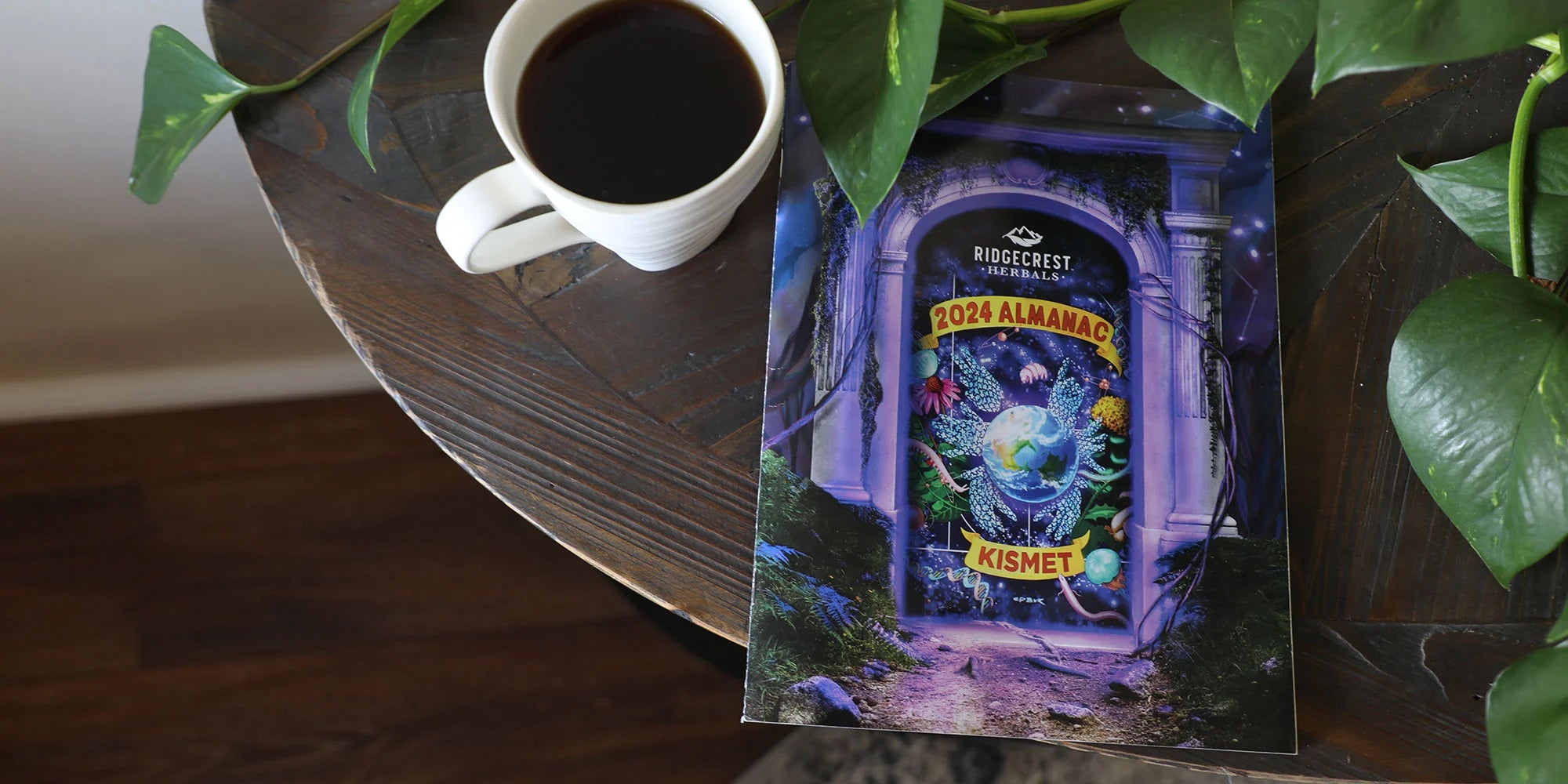Think back to when a child you know was a toddler, innocently exploring a lawn in summer. What tiny hands have not plucked the bright yellow flowers of a dandelion and proudly presented them to their adult? Throughout the generations they are shown how to make a wish and blow on a white globe of seeds. These simple pleasures would not have been possible had our forebears not carried dandelion (which is not native to the American continent) and used these seeds, roots, and flowers as medicine. Most people today see them as a pest, but in fact, they have amazing health properties.
What is the real definition of a weed? “A wild plant growing where it is not wanted.” So if you struggle with weeds in your lawn or garden, there is an easy fix for any land owner or gardener - just decide that you want them there! Then give yourself credit for how well you have grown the plant. And you may learn that plant that you were originally told was a weed has some great
benefits for you, your family, or your outdoor space.
Most people are fighting a constant battle of keeping their outdoor space sterile and free from
contaminants, but they are often doing themselves a disservice, both in terms of time management and their ecosystem. When you change the paradigm of weeds vs non-weeds, you can make your space work for you rather than against you. Here are a few ideas to help you turn your land into a beneficial space - a natural ecosystem.
First, identify your volunteer plant by looking at local or state websites. Here in Utah, we have many, but one example is The Utah Native Plant Society. With this information you can check if the plant is safe, can grow without extra watering, and find out if it is a noxious weed that may be threatening the health of other plants in your area. But for the most part, if it is a native plant, it is safe to let it grow.
Second, be aware of your soil needs. Sometimes we may live in an area that was once farmed or changed by industrialization that drained the soil’s natural balance. For the most part, a local
nursery or even an old-timer in your area can give you the scoop. If you want to be a real steward of your land, send a sample out for testing. This should cost you less than $80, and will give you a panel of soil data to look at when you choose what weeds/natives you will let grow and the ones you will thin out. Plants compete for space, water, and light. So once you have a list of the ones to let grow and the ones to discourage, you can start to groom your space for the better of the environment rather than arbitrary ideas of horticultural beauty.
Third, start a notebook and share what you know. When you look up a plant and identify it, you want to write down what you learn. Does it flower? Is it a powerful oxygen giver/air cleaner? Is it edible? Is it helping acidify your soil or bring about other nutrients as it goes through its life cycle? When your garden is naturally cultivated, move on to cultivate a community of like-minded people and share your knowledge. This can be a very social, rewarding step. Being a steward of the earth is not a fad, it is now a way of life. Our earth needs people to learn and share knowledge with friends and throughout their neighborhood. Start a seed-sharing program or community gardening group. You will find many friends this way.
Last on the list is to permanently change your way of thinking. The idea is not to let your lawn become wild and untamed, turning it into an urban jungle. This is a time to rethink your space, your use of chemicals, and what plants you allow to flourish. It is a time to groom your yard around native plants, and you may find they are a great gift to your family and the Earth. They can become beautiful as you search to understand what they offer. In the long run, you will save money by
letting that empty corner of your yard be filled by these zero-cost plant contributors, rather than spending the money to eradicate them.



